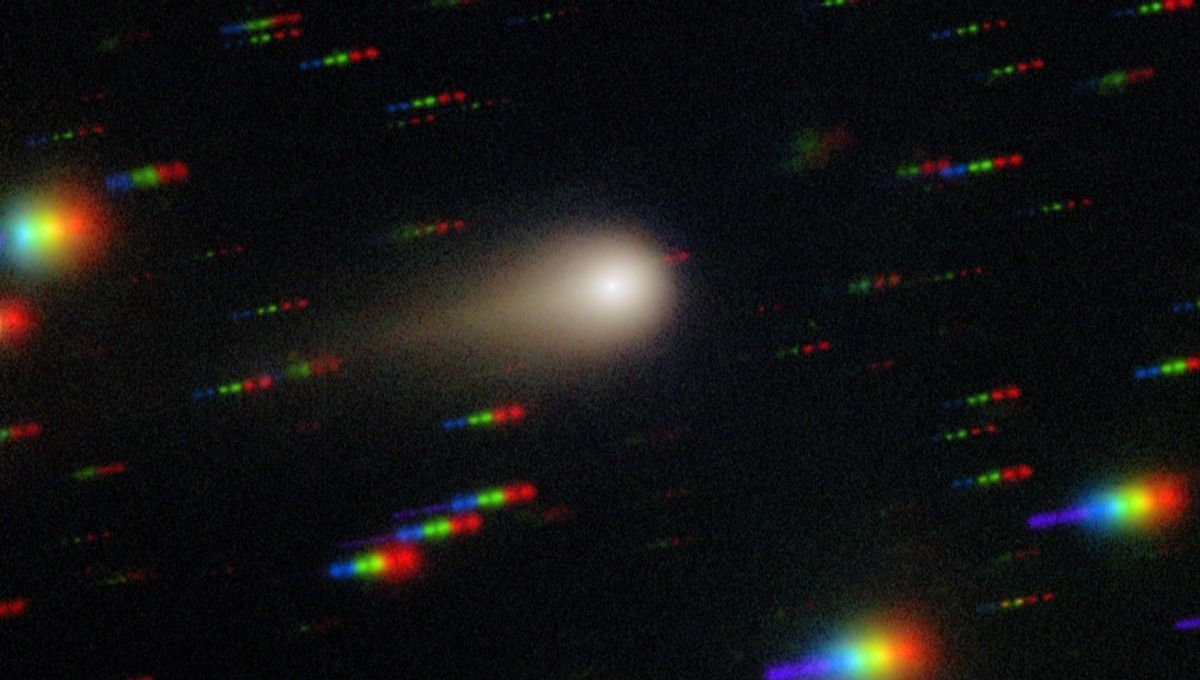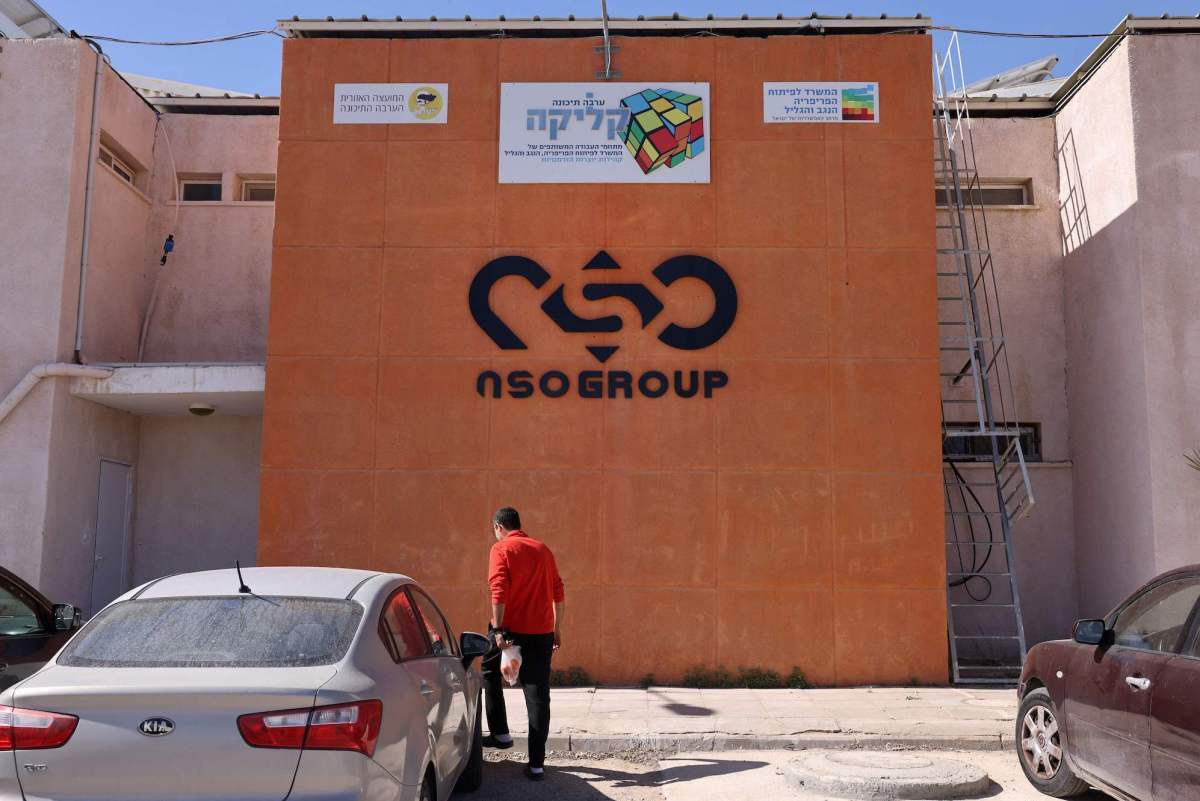A would-be Assassin’s Creed game set in the Reconstruction era and focused on a former slave was reportedly called off in 2024 after Ubisoft deemed it “too political in a country too unstable,” per a source quoted in a new piece from Kotaku…
Author: admin
-
Medvedev into Shanghai Masters semifinals-Xinhua
Daniil Medvedev reacts after the men’s singles quarterfinal against Alex de Minaur of Australia at the ATP World Tour Shanghai Masters tennis tournament on Oct. 10, 2025. (Xinhua/Wang Xiang) SHANGHAI, Oct. 10 (Xinhua) — Daniil Medvedev defeated…
Continue Reading
-
Sheikh Mohammed tops racehorse sale with 20 million pound spend – Dawn
- Sheikh Mohammed tops racehorse sale with 20 million pound spend Dawn
- American Spending at Tattersalls Continues Upward Trend BloodHorse
- Dream Week For Fittocks Stud Completed By 1.9 Million Wootton Bassett Colt To Godolphin Thoroughbred Daily…
Continue Reading
-

Nacelle Opens Up Star Trek Wave Two Action Figure Line Pre-Sale
“This is one of the biggest weeks we’ve had since launching the line,” said Nacelle CEO Brian Volk-Weiss. “Between the pre-sale, long-awaited updates, and new reveals — we wanted to give collectors everything they’ve been waiting for, and…
Continue Reading
-

As Nobel Prize goes to Venezuela’s opposition leader, how far would Trump go to help her?
This Nobel Prize win for Maria Corina Machado is being hugely welcomed by the opposition in Venezuela.
The hope is it will draw renewed international attention to their cause.
Responding to the prize, Machado directly called for help from the man…
Continue Reading
-

“We’re Reading A Note From Another Planetary System”: Interstellar Comet 3I/ATLAS Found Losing Buckets Of Water Every Second
Comet 3I/ATLAS is the third interstellar visitor and continues to be a treasure trove of information about the condition of its formation. As it speeds through the Solar System, telescopes have been pointed at it, revealing new tidbits about this…
Continue Reading
-

Exclusive: Bill Gates, PAHO consider ways to bring weight-loss drugs to lower-income countries
Item 1 of 3 Bill Gates speaks at the annual Bloomberg Philanthropies Global Forum in Manhattan, New York City, U.S., September 24, 2025.REUTERS/Caitlin Ochs
[1/3]Bill Gates speaks at the annual Bloomberg Philanthropies Global Forum in Manhattan, New York City, U.S., September 24, 2025.REUTERS/Caitlin Ochs Purchase Licensing RightsLONDON, Oct 10 (Reuters) – The Gates Foundation and the Pan American Health Organization are both working on ways to make weight-loss drugs like Novo Nordisk’s Wegovy and Eli Lilly’s Mounjaro more accessible in lower-income countries, the global health groups told Reuters.
In separate interviews, Microsoft founder Bill Gates and PAHO director Dr Jarbas Barbosa said for the first time that their organizations were each seeking strategies to remedy the unequal availability of the highly effective but expensive treatments.
Sign up here.
About 70% of the roughly one billion people with obesity live in low and middle-income countries which may struggle to meet the costs of tackling the epidemic and associated health problems like diabetes and heart disease.In response to a question about the treatments, Gates said his Foundation would take any drug that was effective in high-income countries “and figure out how to make it super, super cheap so that it can get to everyone in the world”.
For example, it is currently working with Indian drug manufacturer Hetero to help bring cheaper copies of a new HIV prevention drug to the market in lower-income countries for $40 a year.LOW-COST COPIES
From next year, the active ingredient in Novo Nordisk’s blockbuster Wegovy drug, semaglutide, comes off patent in countries including China and India. Generic manufacturers are already working on low-cost copies.The brand-name weight-loss drugs are primarily sold in wealthier countries, where prescriptions cost hundreds of dollars per month.
The Gates Foundation could also potentially support clinical trials to test how these medicines affect different populations and provide the data needed to broaden access, Gates said.
Any entry into obesity would represent a new arena for the Gates Foundation, which remains focused on fighting the deadliest diseases in low-income countries, like malaria.Obesity’s role in chronic illness has created a new urgency around addressing rising global rates, although it is still not the biggest problem facing most of the countries where the Foundation operates, Gates said.
The World Health Organization estimates that the economic costs of overweight and obesity will reach $3 trillion by 2030 if nothing is done to contain it.
WHO recommended in draft guidelines this year using weight-loss drugs as an obesity treatment for adults, but criticized their manufacturers over cost and lack of availability.Its Americas arm, PAHO, manages a fund that helps push down medicine prices by guaranteeing bulk orders on behalf of its 35 member states.
Using the fund, which is financed by the member states, is an option for weight-loss drugs, Barbosa told Reuters. He said it could also help manufacturers clear regulatory requirements rather than applying in each country for approval.
“We are starting the conversation,” he said, adding that PAHO is developing recommendations for how best to use the drugs and plans to speak to Novo, Lilly and generic drugmakers within the next couple of weeks.
Eli Lilly (LLY.N) declined to comment. Novo Nordisk (NOVOb.CO) said in a statement that it recognised the “unmet need” for its treatments.“We are deeply committed to serving patients around the world,” the Danish company said.
Editing by Michele Gershberg and Catherine Evans
Our Standards: The Thomson Reuters Trust Principles.
Continue Reading
-

Spyware maker NSO Group confirms acquisition by US investors
Israeli spyware maker NSO Group has confirmed to TechCrunch that a U.S. investment group has acquired the company.
NSO spokesperson Oded Hershowitz told TechCrunch on Friday that “an American investment group has invested tens of millions…
Continue Reading
-

Cadbury Reimagines Iconic Teams, Bands and Figures as Heroes Chocolates
Cadbury has unveiled ‘ ‘All Heroes, No Zeros’, a major new integrated campaign and brand platform for the much-loved Cadbury Heroes, created by global creative agency of record VCCP.
‘All Heroes, No Zeros’ positions Heroes as the…
Continue Reading
-

Nadine de Klerk opens up about pause in play vs India when Richa Ghosh needed treatment: ‘We just kind of questioned whether something really happened’ | Cricket News
South Africa’s Nadine de Klerk on Thursday broke Indian hearts when her blistering 84 runs off 54 deliveries cancelled out Richa Ghosh’s 94 in the first innings and drove the Proteas to a 3-wicket win against the Harmanpreet Kaur-led side,…
Continue Reading
